Blue Planet II: What's in the last episode?
- Published
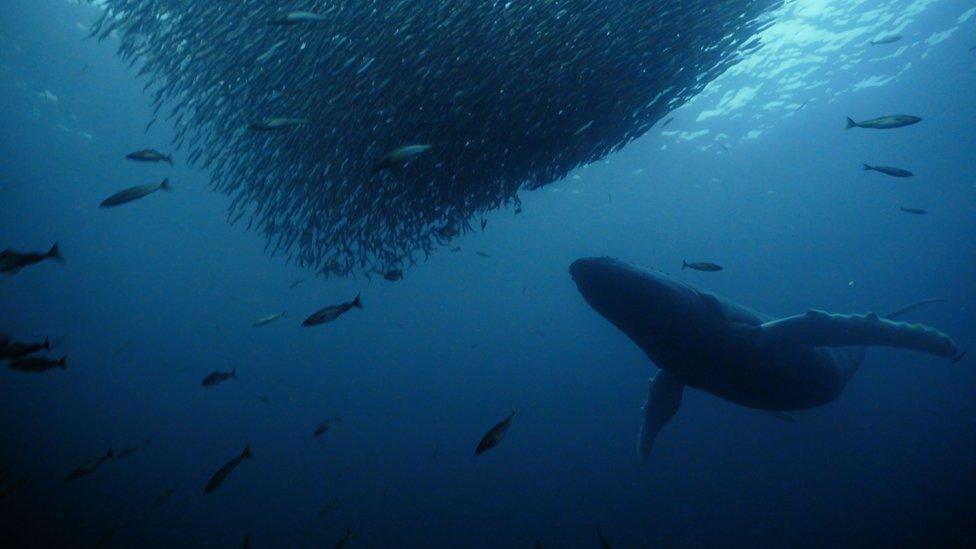
A humpback whale approaches a ball of herring off the coast of Norway.
Blue Planet II has been amazing! It's been an incredible look at what happens in the world underneath our seas. The programme has even visited parts of the ocean where no-one has ever been before.
The final episode of this series looks at how our lives affect the animals and creatures we've seen on screen in previous weeks.
For example, the albatross parents who don't know they're feeding their newborn chicks plastic which has been thrown away.
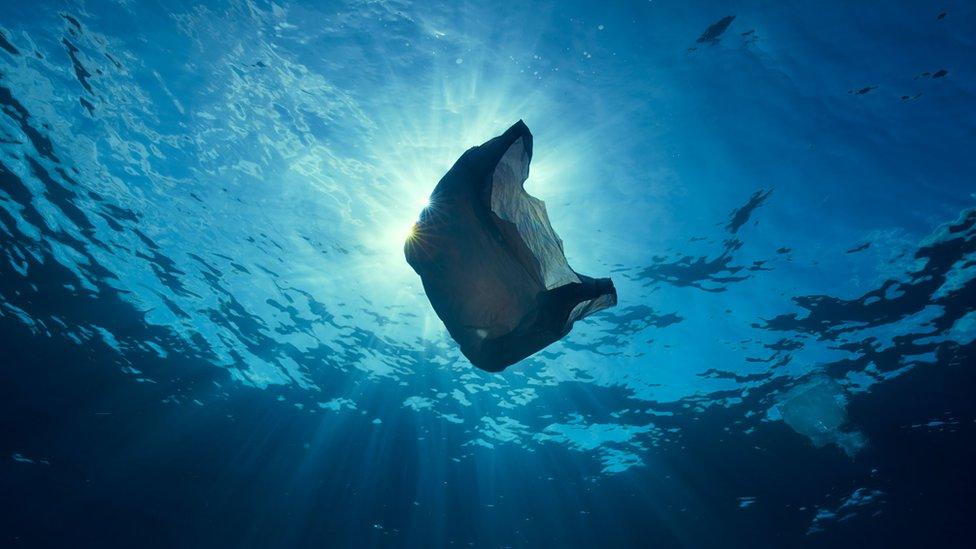
Around 8 million tons of plastic enters the ocean each year.
But there is hope. To round off the series we'll also see some of the amazing ways people are trying to protect our wildlife and waters.

A whale shark super-fan
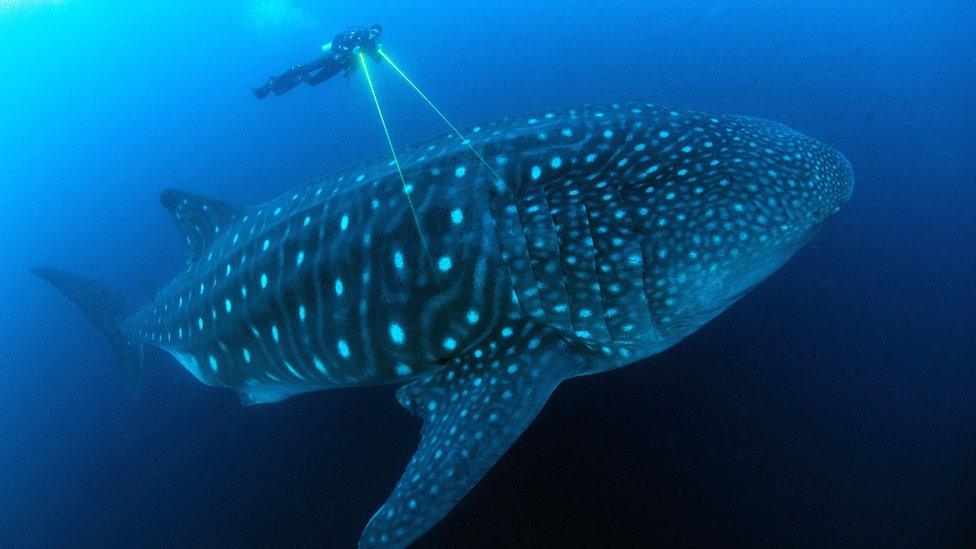
A scientist uses lasers to measure a whale shark in the Galapagos Islands.
One scientist in the Galapagos Islands has devoted much of his life to saving the largest fish in the sea - the whale shark.
They're the largest fish in the ocean growing to around 12 metres and over 20 tons.
He's using the latest technology to try and find out why these giant creatures choose to travel all the way to the Galapagos Islands to give birth.

Turtles in Trinidad
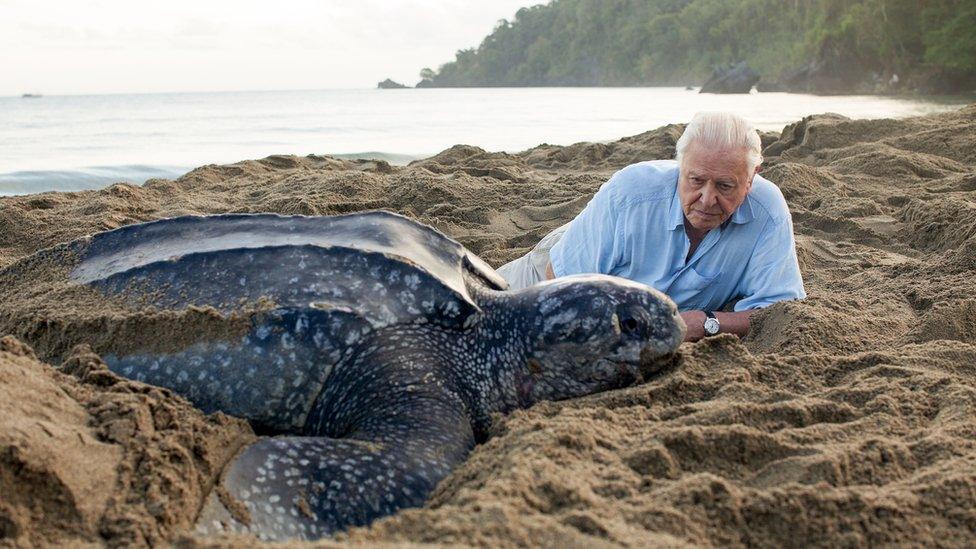
Leatherback turtles are the largest turtles on the planet.
On the Caribbean island of Trinidad people are doing everything they can to protect giant leatherback turtles.
The number of them has dropped dramatically, by up to 90% in some parts of the world.
Through the volunteers' hard work, they now have one of the best nesting beaches for leatherbacks.
Weighing over half a ton, it's the largest turtle on the planet! What a turtley cool fact!

Coral Bleaching
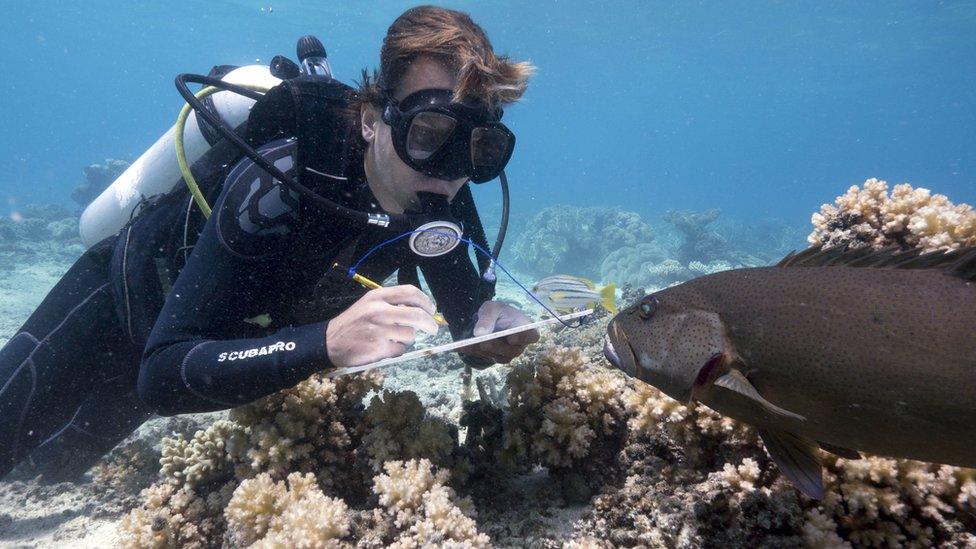
A scientist studies the reefs around Lizard Island on Australia's Great Barrier Reef.
While filming for this episode, the TV crew saw one of the biggest coral bleaching events in human history.
Coral bleaching is when warming seas cause corals to lose their colourful algae, turning them white.
About 90% of the branching corals at the remote Lizard Island on the Great Barrier Reef were killed.
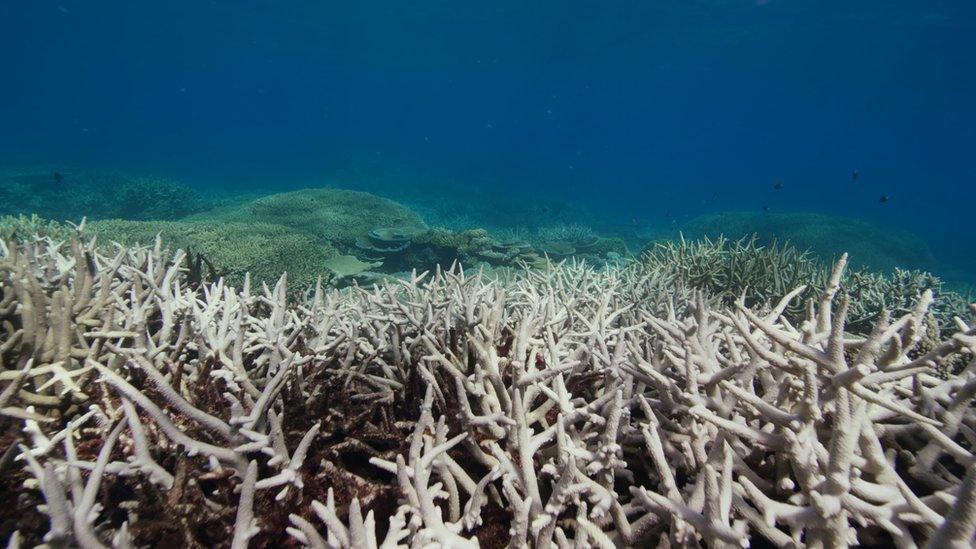
A bleached section of the Great Barrier Reef in Australia.

A visit to Antarctica
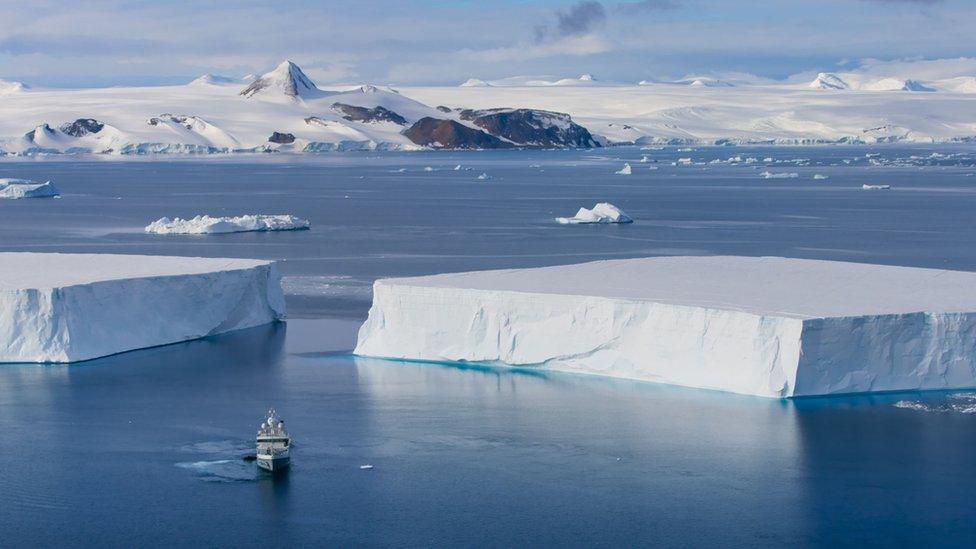
The scientific research vessel M/V Alucia in Antarctica.
The warming ocean could also have even more devastating effects.
We'll see a unique expedition to Antarctica looking at how melting polar ice sheets could one day impact on the lives of hundreds of millions of people around the world.
While attempting the first ever manned dive down to a depth of 1,000 metres, the team were able to record changes in the water's temperature.

Fishing for Herring
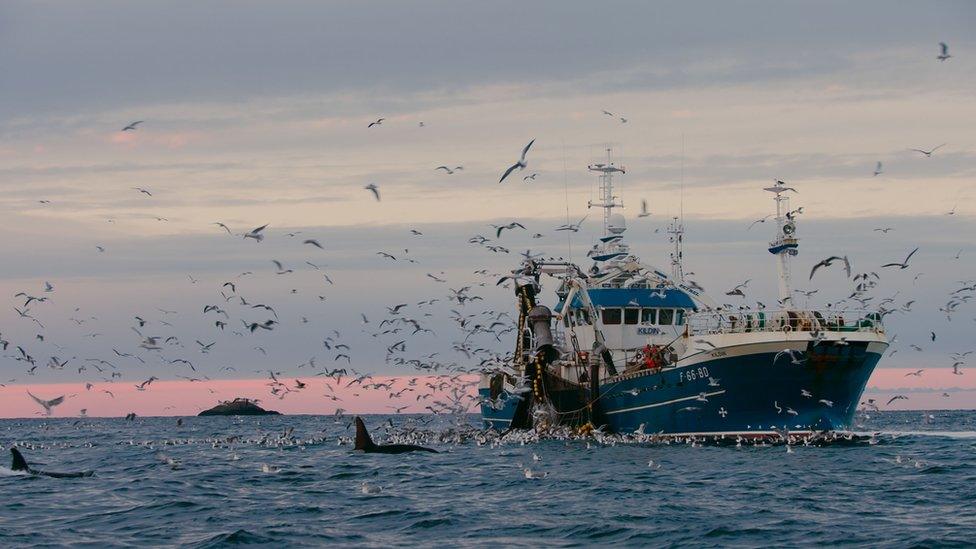
Herring fishing in Norway.
Every year billions of herring spend winter in the icy seas off Norway.
But just 50 years ago they were almost wiped out.
This was because of 'overfishing'.
Now though, because those who fish in the seas have had to follow stricter rules the herring have returned.
They've created one of the greatest spectacles in the ocean by attracting hundreds of giant humpback whales and one of the biggest groups of orcas on the planet!
- Published1 December 2017
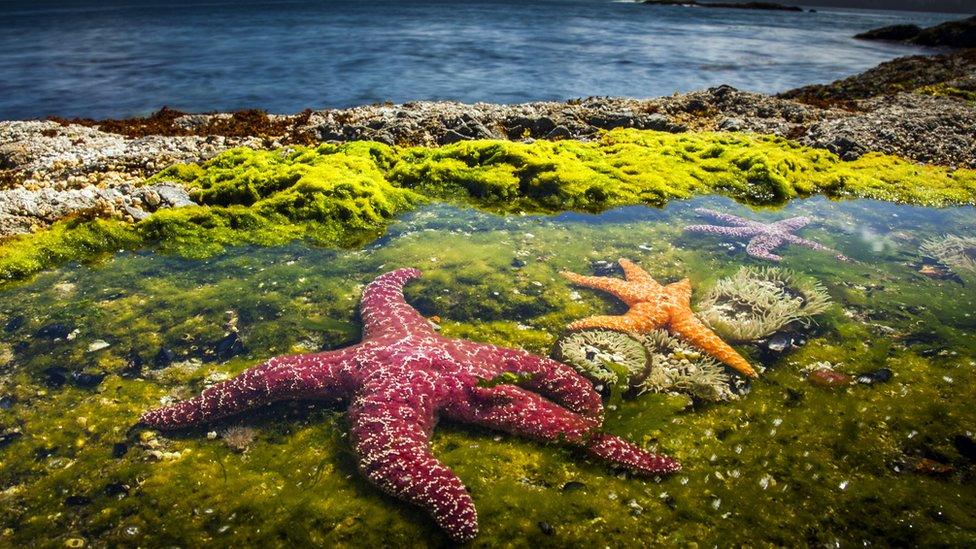
- Published24 November 2017

- Published19 November 2017
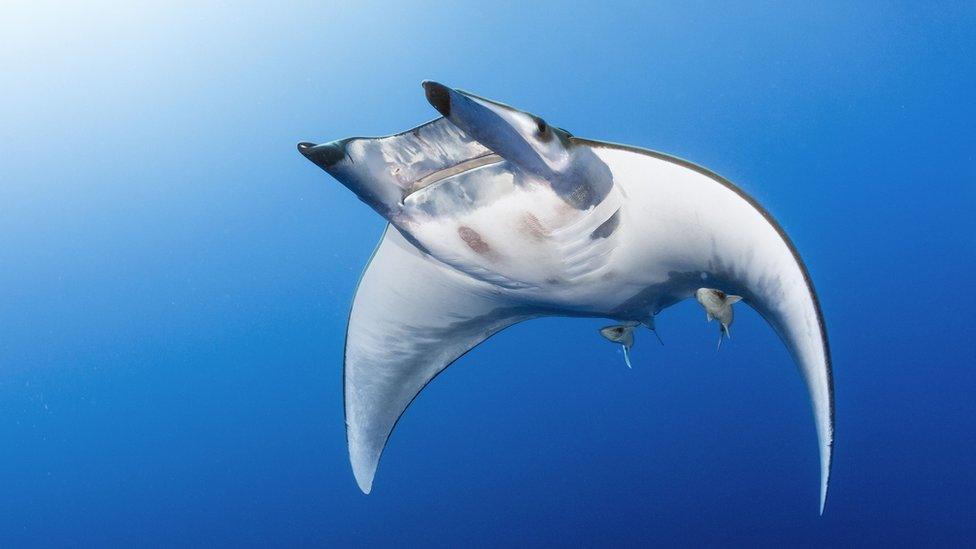
- Published10 November 2017
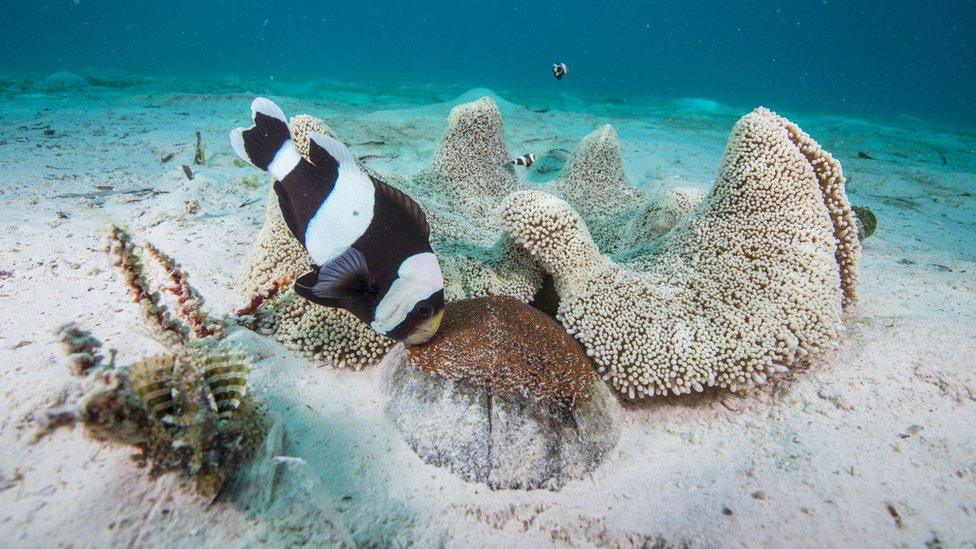
- Published1 November 2017
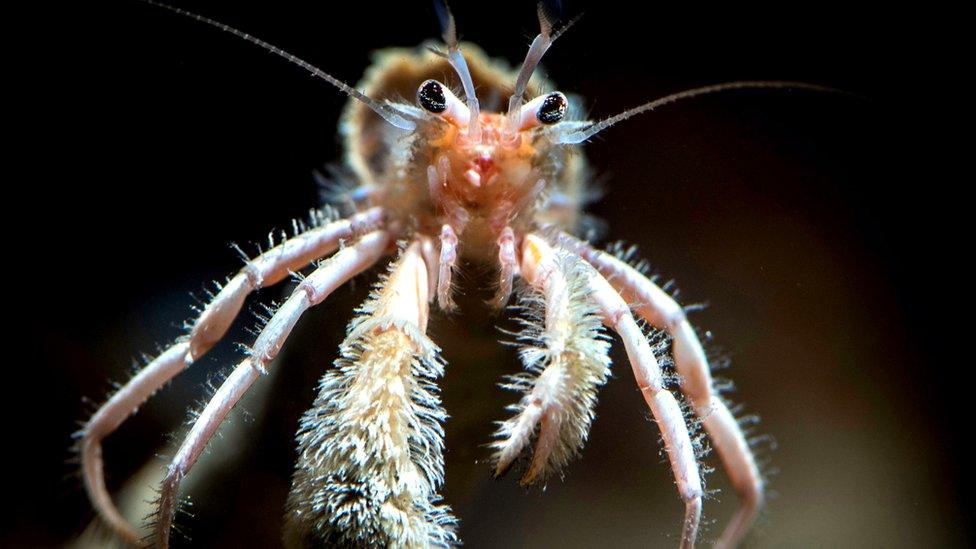
- Published27 October 2017

- Published10 April 2017

